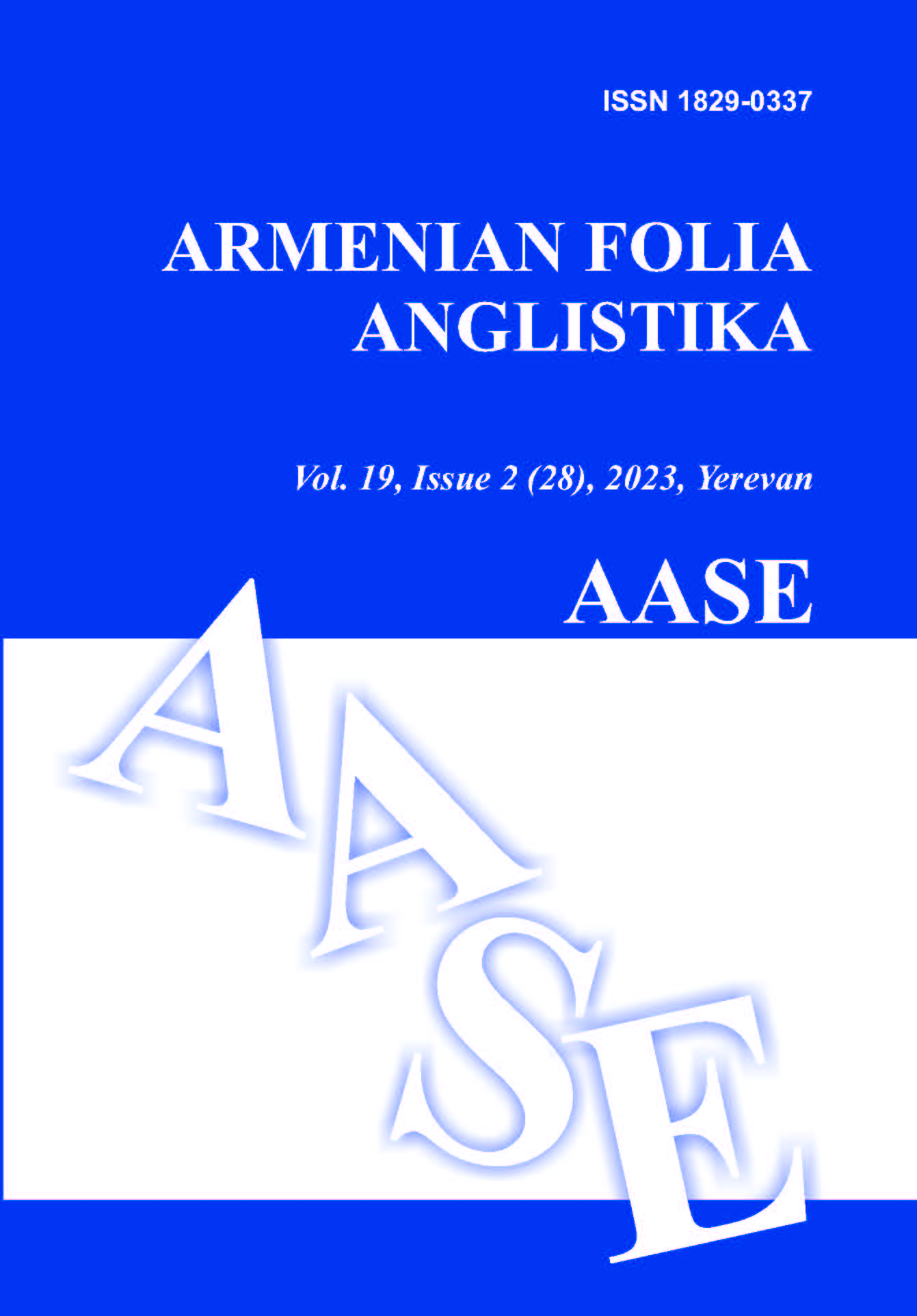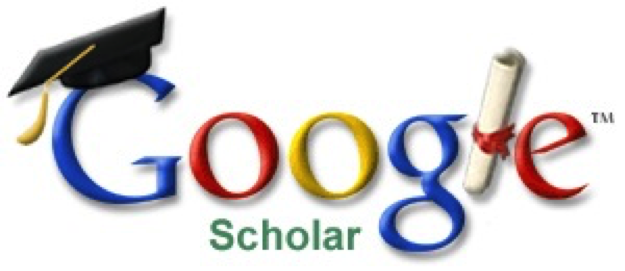STEREOTYPES AS DISTORTING MIRROR OF REALITY
DOI:
https://doi.org/10.46991/AFA/2023.19.2.124Keywords:
ethnic stereotypes, heterostereotypes , autostereotypes, “the friend — foe” dichotomy, ethnophaulisms, derogatively marked ethnonymsAbstract
The purpose of the study is to analyze the mechanisms and causes of social stereotypes formation in modern world. The problem of stability and variability of ethnic stereotypes, as well as heterostereotypes (external stereotypes formed by representatives of one culture about another) and autostereotypes (myths about themselves that exist within the framework of the given culture) are considered.
Modern society is characterized by stereotypical mindset. There are various stereotypes that exist at language level and may interfere in the process of intercultural communication. Intercultural perception is a key point in interaction of the representatives of different cultures, and ethnic stereotypes are an important component of intercultural perception. The mechanisms of forming stereotypes are connected with the peculiarities of human mindset and psyche. Mechanisms of stereotyping also include a person’s tendency to draw conclusions based on one’s own cultural experience.
Once formed, stereotypes acquire а high degree of stability. They are difficult to modify and become a “distorting mirror”, in which the representatives of different groups are reflected in a blurred or distorted form.
Language plays a leading role in creating stereotypes. Constant repetition of the same phrases, which acquire stability on the level of language within a course of time, leads to the fact that their meaning settles in the subcortex of the brain, and their perception takes place automatically, without the participation of higher consciousness. Language carries in itself a huge influencing power. Modeling the worldview of native speakers, it defines their actions and behavior not only on the interpersonal, but also on the social levels.
Downloads
References
Gladkih, S. (1999). Etnicheskie stereotipy i problemy mezhkul'turnogo obshcheniya [Ethnic stereotypes and the problems of intercultural communication]. Etnicheskie Problemy Sovremennosti, 5, 42-51.
Darwin, С. (1872). The expression of the emotions in man and animals. London: John Murray.
Katz, D., & Braly, К. (1933). Racial stereotypes in one hundred college students. Journal of Abnormal and Social Psychology. 28, 280–290.
Klineberg, O. (1950). Tensions affecting international understanding. A survey of research. Social Science Research Council.
Kon, I. (1968). Nacional'nyj harakter — mif ili real'nost'? [National Character: myth or reality?]. Inostrannaya Literatura. 6.
Lippman, W. (2004). Obshchestvennoe mnenie [Public Opinion]. [T.V. Barchunovoj trans.], Moscow: Institut Fonda «Obshchestvennoe mnenie».
Rochefort, H. (2010). French toast: an American in Paris celebrates the maddening mysteries of the French. St. Martin's Griffin; First Edition.
Thomas, D. (2015). Weeping Britannia: Portrait of a Nation in Tears. Oxford, OUP Oxford.
Sources of Data
What do Europeans think of each other and are they right? Retrieved June 17, 2023.
Downloads
Published
Issue
Section
License
Copyright (c) 2023 Author(s)

This work is licensed under a Creative Commons Attribution-NonCommercial 4.0 International License.














